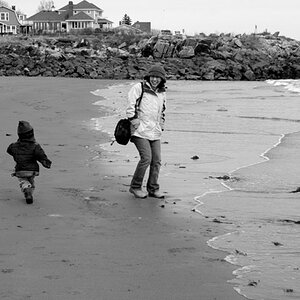madbalsam
TPF Noob!
- Joined
- Jun 20, 2011
- Messages
- 9
- Reaction score
- 1
- Location
- Manila
- Can others edit my Photos
- Photos NOT OK to edit
This may be out of topic but I am actually curious about the flash lights that I need to use with my DSLR. I do not know which types of lights to use or whether to use lights at all (especially for outdoor shoots). Also, I am curious about sufficient lighting within the house.




![[No title]](/data/xfmg/thumbnail/39/39460-55f4d48e22a9710f377f2a3dee45992e.jpg?1619739039)
![[No title]](/data/xfmg/thumbnail/35/35268-34a315519597f60516d59124092e9bc2.jpg?1619736971)
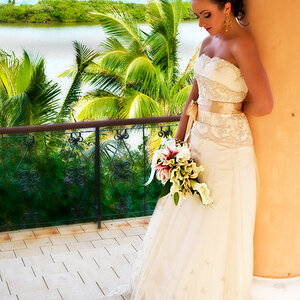
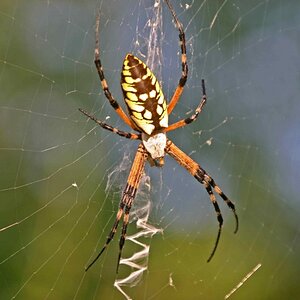
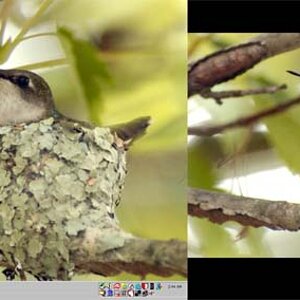

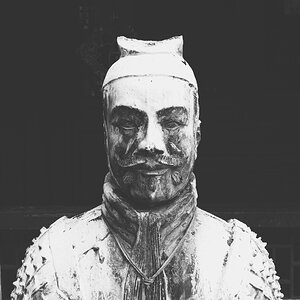
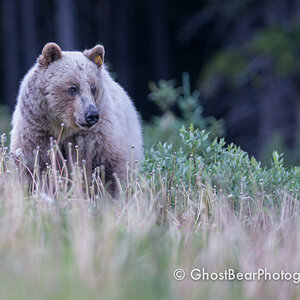
![[No title]](/data/xfmg/thumbnail/35/35264-5ade32b7036391926536661aeb7491c3.jpg?1619736969)
